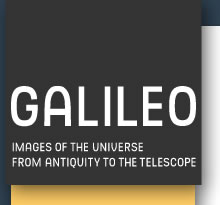


Renewed interest in classical culture in the cities of the Italian peninsula from the 14th century onwards helped to focus again on Man and his mundane life. Man gained confidence in the belief that it was possible, through rational methods, to decipher the harmonic structure of the heavens and the influence that they exert on human affairs.
In the 15th and 16th centuries, Europe's scholars devoted time and energy to rediscovering and publishing classical texts. The most important ancient works on astronomy, particularly those of Ptolemy, were translated and commented on. At the same time, the construction of instruments for observation and measurement that had allowed for the progress of astronomy in the Hellenistic period, saw a revival. Attempts at the visual depiction of the universe, through atlases, celestial globes and armillary spheres, intensified.
There was also a major upsurge in astrological activity, fuelled by the belief in a direct symmetry between man and the macrocosm. Eloquent evidence of the impact of this vision is offered by the princely dwellings of the Renaissance, where vaults were decorated by the most famous artists with fresco cycles depicting astrological subjects. The rebirth of the myths, the gods and the heavens of antiquity also prompted a resumption of the debate on the structure of the universe. Copernicus revived the ancient vision of a cosmos in which the Sun occupies the central position, thus triggering a season of enquiry that was to lead, within the space of a few decades, to a profound revolution in astronomy.